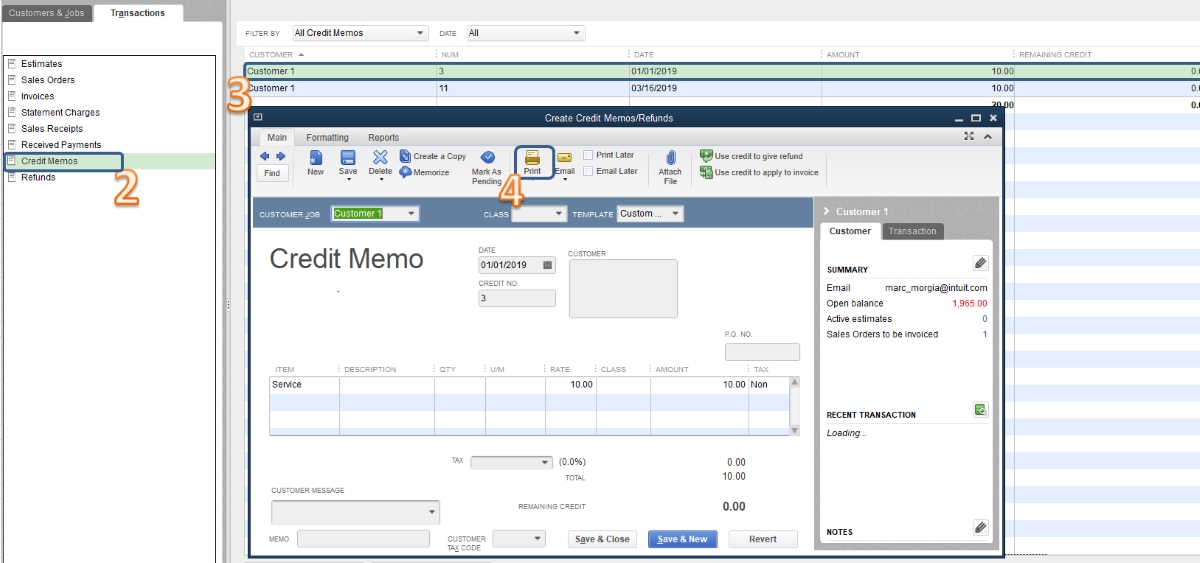

Finance
How To Improve Liquidity
Published: February 23, 2024
Learn effective strategies to improve liquidity and manage finances with expert tips and insights in our comprehensive guide. Enhance your financial stability today!
(Many of the links in this article redirect to a specific reviewed product. Your purchase of these products through affiliate links helps to generate commission for LiveWell, at no extra cost. Learn more)
Table of Contents
Introduction
Welcome to the world of finance, where liquidity plays a vital role in the success of businesses and individuals alike. In this article, we will delve into the concept of liquidity, its significance, and actionable strategies to enhance it. Whether you are a seasoned entrepreneur, a budding investor, or simply someone keen on understanding the dynamics of finance, improving liquidity is a crucial aspect that can pave the way for sustainable financial well-being.
As we embark on this insightful journey, it’s important to grasp the essence of liquidity and its implications in various financial contexts. From businesses managing their day-to-day operations to individuals navigating personal finance, the concept of liquidity transcends industries and sectors, making it a fundamental aspect of financial management.
Throughout this article, we will explore the multifaceted nature of liquidity and its pivotal role in fostering financial stability. By understanding the importance of liquidity and discovering effective methods to bolster it, you will gain valuable insights that can empower you to make informed financial decisions and optimize your financial standing.
Understanding Liquidity
At its core, liquidity refers to the ease with which an asset can be converted into cash without causing a significant impact on its market value. This concept is integral to financial management, as it directly influences an entity’s ability to meet its short-term obligations and capitalize on investment opportunities. Liquidity encompasses the fluidity of assets, allowing businesses and individuals to navigate financial transactions with agility and confidence.
Assets can be categorized based on their degree of liquidity. Cash, the most liquid asset, holds the highest level of immediacy in terms of conversion to purchasing power. Marketable securities, such as stocks and bonds, also exhibit a considerable level of liquidity, albeit with varying degrees of market volatility. On the other hand, assets like real estate and certain types of investments may pose challenges in terms of swift conversion to cash, thereby exhibiting lower liquidity.
Understanding the liquidity of assets is crucial for assessing financial health and risk management. For businesses, maintaining a balanced portfolio of liquid assets is essential to mitigate unforeseen expenses, capitalize on growth opportunities, and navigate economic downturns. Similarly, individuals can benefit from optimizing their liquidity to address short-term financial needs and pursue long-term financial goals with confidence.
By comprehending the nuances of liquidity and its impact on financial decision-making, individuals and businesses can proactively strategize to uphold financial resilience and capitalize on emerging prospects. As we delve deeper into the significance of liquidity, we will uncover actionable insights to enhance liquidity and fortify financial stability.
Importance of Liquidity
Liquidity serves as the lifeblood of financial resilience, underpinning the ability of businesses and individuals to navigate unexpected financial challenges and seize lucrative opportunities. The importance of liquidity is multifaceted, encompassing various aspects of financial management and risk mitigation.
1. Financial Flexibility: A robust liquidity position empowers entities to swiftly address financial obligations, capitalize on time-sensitive ventures, and adapt to dynamic market conditions. By maintaining ample liquidity, businesses can avoid potential insolvency risks and individuals can navigate unforeseen expenses without resorting to high-interest borrowing.
2. Risk Mitigation: Liquidity plays a pivotal role in mitigating financial risk. By holding liquid assets, entities can cushion the impact of market fluctuations, economic downturns, and operational setbacks. This proactive approach to risk management fosters financial stability and resilience, positioning businesses and individuals to weather uncertainties with confidence.
3. Seizing Opportunities: In the realm of investment and business expansion, liquidity enables swift capital deployment, facilitating the exploitation of favorable market conditions and strategic growth initiatives. Whether it involves seizing an advantageous investment opportunity or funding a business expansion, ample liquidity empowers entities to act decisively and capitalize on emerging prospects.
4. Operational Continuity: For businesses, maintaining adequate liquidity is essential for sustaining day-to-day operations, meeting payroll obligations, and procuring essential resources. This safeguards operational continuity and instills confidence among stakeholders, contributing to long-term sustainability and growth.
By recognizing the pivotal role of liquidity in fostering financial flexibility, mitigating risk, seizing opportunities, and ensuring operational continuity, businesses and individuals can prioritize strategies to enhance liquidity and fortify their financial standing. As we explore actionable methods to bolster liquidity, it is imperative to underscore the transformative impact of a well-managed liquidity position on overall financial well-being.
Ways to Improve Liquidity
Enhancing liquidity involves strategic financial maneuvers aimed at optimizing the availability of cash and liquid assets while maintaining a balanced financial portfolio. By implementing targeted strategies, businesses and individuals can fortify their liquidity position, thereby bolstering financial resilience and agility.
1. Efficient Working Capital Management: Businesses can improve liquidity by streamlining their working capital management. This involves prudent management of accounts receivable, inventory, and accounts payable to optimize cash flow and minimize the tied-up capital, thereby enhancing liquidity without compromising operational efficiency.
2. Diversification of Investments: For individuals and businesses alike, diversifying investment portfolios can enhance liquidity by ensuring a balance between liquid assets and long-term investments. This approach enables the availability of cash reserves while capitalizing on investment opportunities, thereby fortifying overall financial stability.
3. Access to Revolving Credit Facilities: Establishing access to revolving credit facilities, such as lines of credit or business credit cards, provides a safety net for managing short-term liquidity needs. This proactive measure can serve as a valuable resource during financial exigencies, offering immediate access to additional funds when required.
4. Prudent Debt Management: Managing debt obligations judiciously is crucial for improving liquidity. By refinancing high-interest debt, negotiating favorable payment terms, and avoiding unnecessary debt accumulation, businesses and individuals can free up cash flow and enhance their liquidity position.
5. Cash Flow Forecasting and Monitoring: Implementing robust cash flow forecasting and monitoring mechanisms enables proactive management of liquidity. By gaining insights into anticipated cash inflows and outflows, entities can optimize their financial decisions, identify potential liquidity gaps, and take preemptive measures to maintain adequate liquidity.
6. Sale of Underutilized Assets: Businesses can improve liquidity by divesting underutilized assets, thereby unlocking capital that can be channeled towards enhancing liquidity. This strategic approach allows entities to optimize their asset base and bolster their cash reserves.
By embracing these proactive strategies, businesses and individuals can fortify their liquidity position, navigate financial uncertainties with confidence, and capitalize on emerging opportunities. The implementation of these measures underscores the transformative impact of strategic liquidity management on overall financial well-being.
Conclusion
As we conclude our exploration of liquidity and its pivotal role in financial management, it becomes evident that liquidity is not merely a financial metric but a cornerstone of financial resilience and agility. Whether in the context of businesses optimizing their working capital or individuals navigating personal finance, the significance of liquidity transcends industries and sectors, shaping the foundation of sound financial decision-making.
By understanding the multifaceted nature of liquidity and its transformative impact on financial well-being, entities can proactively strategize to fortify their liquidity position, thereby enhancing their ability to navigate uncertainties and capitalize on emerging opportunities. The implementation of targeted measures, such as efficient working capital management, diversification of investments, and prudent debt management, empowers businesses and individuals to bolster their liquidity while maintaining a balanced financial portfolio.
Moreover, the proactive approach to liquidity management, encompassing cash flow forecasting, access to revolving credit facilities, and strategic asset divestment, enables entities to uphold financial stability and operational continuity. This strategic liquidity management fosters a resilient financial ecosystem, positioning businesses and individuals to thrive in dynamic market landscapes.
As we reflect on the transformative potential of enhancing liquidity, it becomes evident that this proactive approach is instrumental in fortifying financial resilience, mitigating risk, and seizing opportunities. By prioritizing liquidity optimization as a strategic imperative, entities can navigate financial complexities with confidence, positioning themselves for sustained growth and prosperity.
In essence, the journey to improve liquidity is a testament to the proactive and strategic mindset that underpins sound financial management. By embracing liquidity as a catalyst for financial resilience and agility, businesses and individuals can chart a course towards sustainable financial well-being, equipped with the insights and strategies to thrive in an ever-evolving financial landscape.














